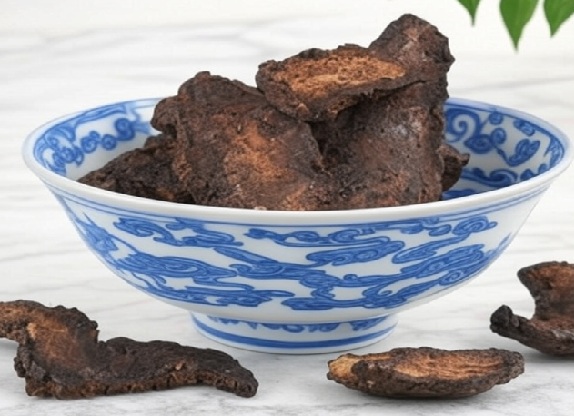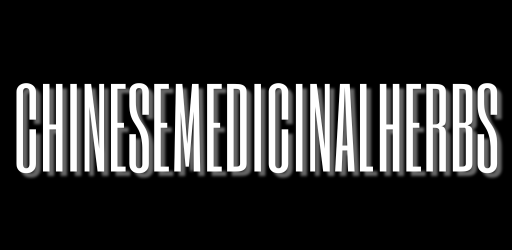Chinese Foxglove Root

Chinese Foxglove Root (Di Huang): A Rejuvenating Tonic for Blood, Yin, and Vital Essence
Introduction
Chinese foxglove root, known as Di Huang (地黄) in Traditional Chinese Medicine (TCM), is sweet, slightly bitter, and either cold or warm depending on its form. The raw version, Sheng Di Huang, is cooling and clears Heat while nourishing Yin. The prepared form, Shu Di Huang, is warm and deeply tonifies Blood and Essence (Jing). Cherished for over two thousand years, Di Huang supports vitality, replenishes fluids, and strengthens the body’s foundation of life.
What Is Chinese Foxglove Root?
Chinese foxglove root comes from Rehmannia glutinosa, a perennial herb native to China. After harvesting, the roots are either dried raw (Sheng Di Huang) or steamed with wine and dried repeatedly (Shu Di Huang) to enhance their tonic qualities.
In TCM theory, Sheng Di Huang enters the Heart, Liver, and Kidney meridians, helping to cool the Blood and nourish Yin. Shu Di Huang, on the other hand, enters the Liver and Kidney meridians to replenish Essence, Blood, and Marrow.
Health Benefits of Chinese Foxglove Root
Nourishes Yin and clears Heat – Sheng Di Huang helps relieve Yin deficiency symptoms such as dry mouth, night sweats, and internal Heat.
Tonifies Blood and replenishes Essence – Shu Di Huang is a powerful tonic that supports red blood cell formation, fertility, and longevity.
Moistens dryness and promotes fluid production – Helps alleviate thirst, dry skin, or dryness caused by illness or heat.
Supports kidney and liver function – Strengthens the Kidneys and Liver to sustain energy, vision, and reproductive health.
Promotes recovery and vitality – Ideal for fatigue, anemia, or post-illness weakness due to its restorative nature.
How to Use Chinese Foxglove Root
Soups and tonics – Simmer Shu Di Huang with black-bone chicken, goji berries, and Chinese yam for a rich, blood-nourishing soup.
Herbal tea or decoction – Use Sheng Di Huang with chrysanthemum and licorice for clearing internal Heat and nourishing Yin.
Herbal formulas – Commonly found in famous prescriptions such as Liu Wei Di Huang Wan (Six-Ingredient Pill with Rehmannia) for Kidney Yin deficiency.
Powder or extract – Found in capsule or granule form for easy daily supplementation under guidance of a TCM practitioner.
Where to Buy Chinese Foxglove Root
Asian herbal shops and TCM pharmacies – Sold as dried slices of Sheng Di Huang (raw) or Shu Di Huang (prepared, dark, and sticky).
Online herbal stores – Available as raw herbs, powders, or extracts.
Look for: dark, glossy slices with a rich, earthy aroma (for Shu Di Huang) or firm, yellow-brown pieces for Sheng Di Huang. Avoid overly dry, pale, or moldy roots.
Are There Any Side Effects?
Chinese foxglove root is generally safe when used appropriately. Overuse of Sheng Di Huang may cause bloating or loose stools due to its cooling nature. Excess Shu Di Huang can lead to digestive sluggishness or a heavy sensation in the stomach. People with weak digestion or dampness should use it under professional guidance.
Conclusion
Chinese Foxglove Root (Di Huang) is one of TCM’s most revered tonic herbs, balancing Yin and nourishing Blood for long-term vitality. Whether used raw for cooling and moistening or prepared for deep replenishment, Di Huang supports the body’s essence, strength, and graceful aging.
FAQ
Is Chinese foxglove root the same as regular foxglove? – No, Chinese foxglove (Rehmannia glutinosa) is completely different and non-toxic, unlike the poisonous European foxglove (Digitalis purpurea).
Can I eat Chinese foxglove root daily? – Yes, in moderation or as part of a balanced herbal formula. Long-term use should be supervised by a TCM practitioner.
Which type should I use—raw or prepared? – Use Sheng Di Huang for cooling Heat and nourishing Yin; use Shu Di Huang for tonifying Blood and Essence.
PLEASE NOTE:
Chinese foxglove root (Rehmannia glutinosa) is safe and non-toxic — unlike the Western foxglove — but it should be used in moderation and properly prepared.
Different from True Foxglove
The Western foxglove (Digitalis purpurea) is highly toxic because it contains cardiac glycosides (used to make heart medicine like digoxin).
Chinese foxglove root (Rehmannia glutinosa) is not related botanically and does not contain these toxic compounds.

